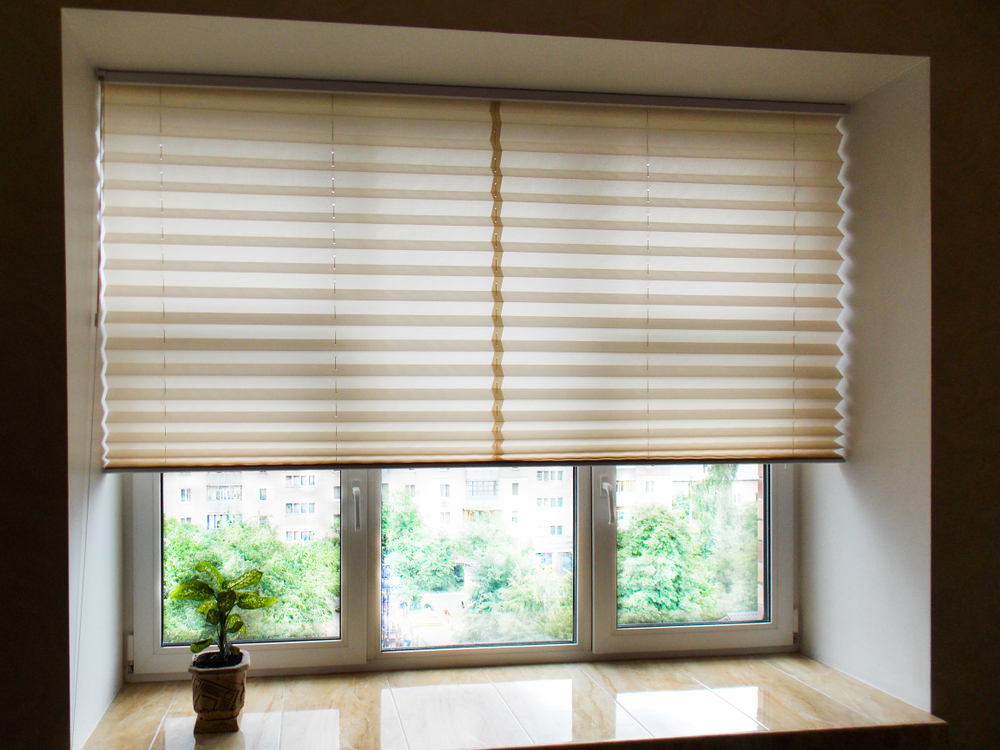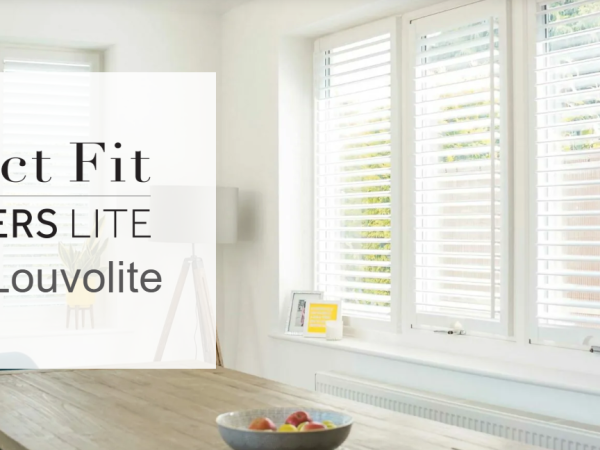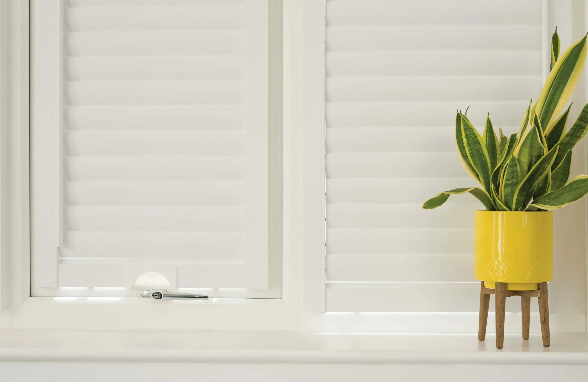Pleated window blinds are a popular choice for many homeowners and businesses due to their versatility, style, and functionality. They are made from a series of crisp, folded fabrics that stack neatly when raised, and they offer a variety of benefits when it comes to controlling light, privacy, and temperature in a room. In this article, we will discuss some of the performance benefits of pleated window blinds in more detail.
1. Light Control
One of the primary benefits of pleated window blinds is their ability to control the amount of light entering a room. Pleated blinds can be adjusted to allow varying degrees of light to enter a room, making them a versatile choice for any space. The folded fabric of the blinds creates a series of cells that trap air, which helps to insulate the room and reduce energy costs.
Pleated blinds are also available in blackout versions, which block out all light completely. This makes them an ideal choice for bedrooms or any other room where total darkness is desired, such as a media room or a home theater.
2. Privacy
Pleated window blinds are also an excellent choice for maintaining privacy. They are available in a wide range of fabrics and materials, from sheer to opaque, and can be adjusted to allow varying degrees of visibility. This allows you to control the level of privacy in a room without sacrificing natural light.
3. Energy Efficiency
Pleated window blinds can help to reduce energy costs by providing insulation for your windows. The cells created by the folded fabric of the blinds trap air, which helps to insulate the room and reduce heat loss during the winter months. This can help to lower your heating bills and improve the overall energy efficiency of your home or business.

4. UV Protection
Pleated window blinds can also help to protect your furniture and other belongings from harmful UV rays. The folded fabric of the blinds blocks out UV rays, which can cause furniture, carpets, and other materials to fade over time. By blocking out these rays, pleated blinds can help to prolong the life of your furniture and keep it looking new for longer.
5. Style and Aesthetics
Pleated window blinds are available in a wide range of fabrics, colours, and styles, making them a versatile choice for any room. They can be customized to fit any window size or shape, and can be combined with other window treatments such as curtains or drapes for a layered look.
Pleated blinds also offer a sleek and modern aesthetic that can complement any decor. They are a popular choice for contemporary homes and businesses, as well as more traditional spaces.
6. Easy to Clean and Maintain
Pleated window blinds are easy to clean and maintain, making them a practical choice for busy households or businesses. They can be wiped down with a damp cloth or dusted with a soft brush or vacuum cleaner attachment to keep them looking clean and fresh.
In conclusion, pleated window blinds offer a range of performance benefits that make them a versatile and practical choice for any room. From light and privacy control to energy efficiency and UV protection, pleated blinds provide a range of benefits that can improve the comfort, style, and functionality of your home or business. If you are looking for a window treatment that is both stylish and functional, pleated window blinds are definitely worth considering.












